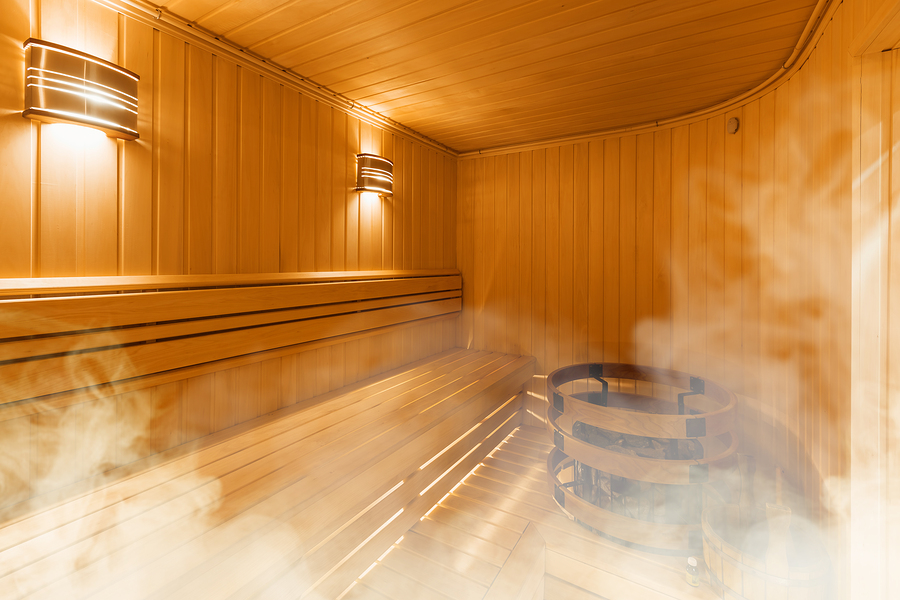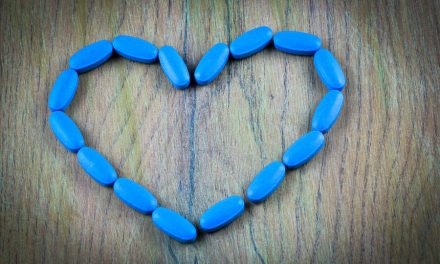If you’ve ever worked out hard and hopped into the sauna or had body aches from a cold and sat in a warm bath, and felt instant relief, then you know hot baths and saunas relieve pain. (Something the Finnish have known for thousands of years.)
RELATED STORY:
And as it turns out, science agrees, too. Dr. David Burke, head of Emory University’s Center for Rehabilitative Medicine, says:1
“When you step into a hot bath and your core temperature goes up, a number of things happen that help with pain. Hot baths expand the blood vessels in those areas and allow the healing properties within the blood to be delivered. They relax the muscles, which takes the tension off of them and the nerves that have been injured.”
But studies have found benefits to hot soaking and saunas, beyond pain relief, as well.
In 2016, a study published in the Journal of Physiology found that after just eight weeks of repeated hot water immersion, the hearts of healthy young adults saw both lowered blood pressure and more flexible arteries.
RELATED STORY:
And scientists in Finland, who followed more than 1,600 middle-aged men with normal blood pressure who used saunas over a 25-year period, found that those who visited a sauna two or three times a week were 24% less likely to have hypertension compared with those who visited once a week or less. But those who visited four to seven times a week had a 46% reduction. Their study was published in the American Journal of Hypertension. 2
Another study from Finland followed more than 2,300 healthy men who used the sauna each week for six years and found that frequent heat exposure from saunas, throughout the week, was associated with lower risk of dementia.
RELATED STORY:












